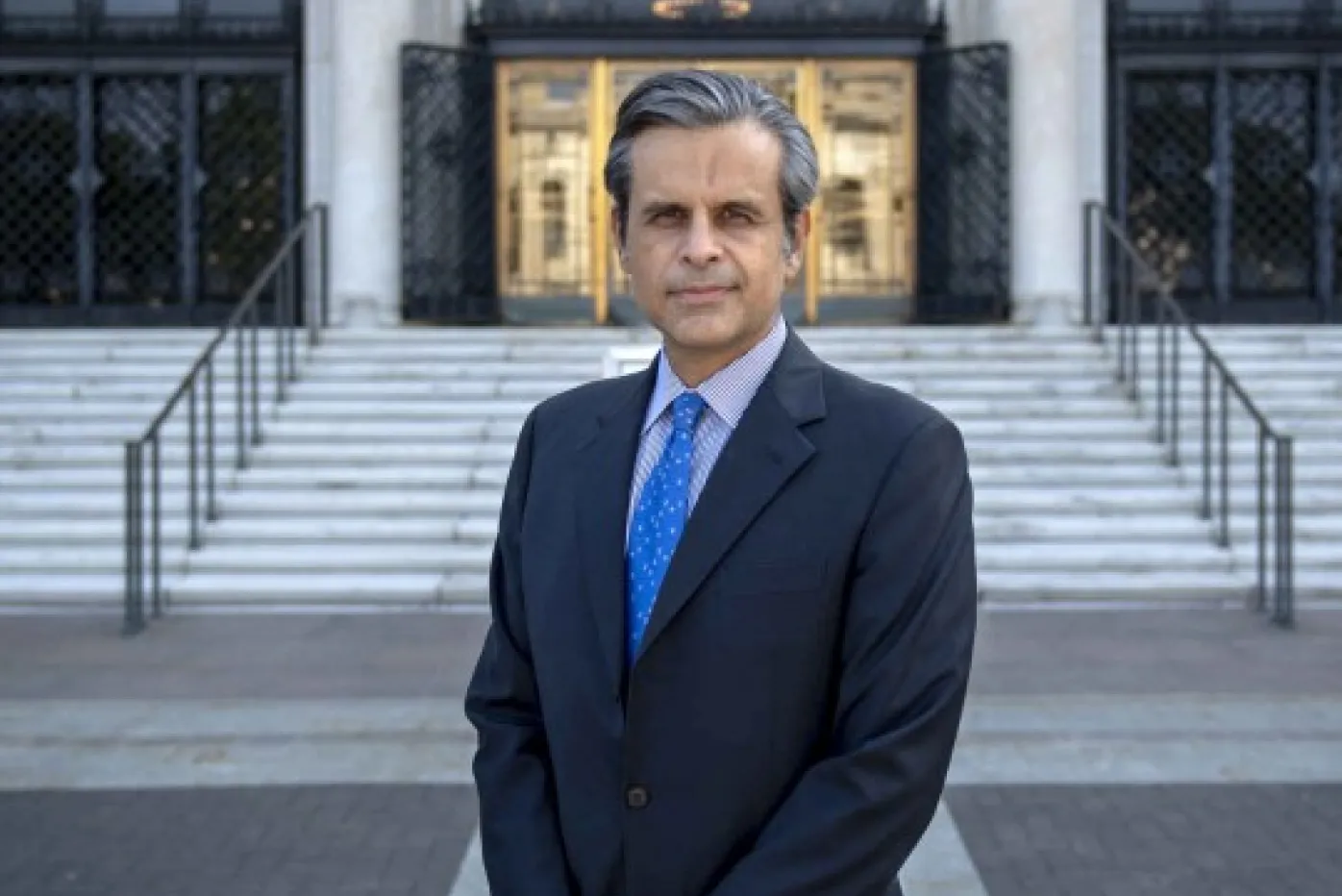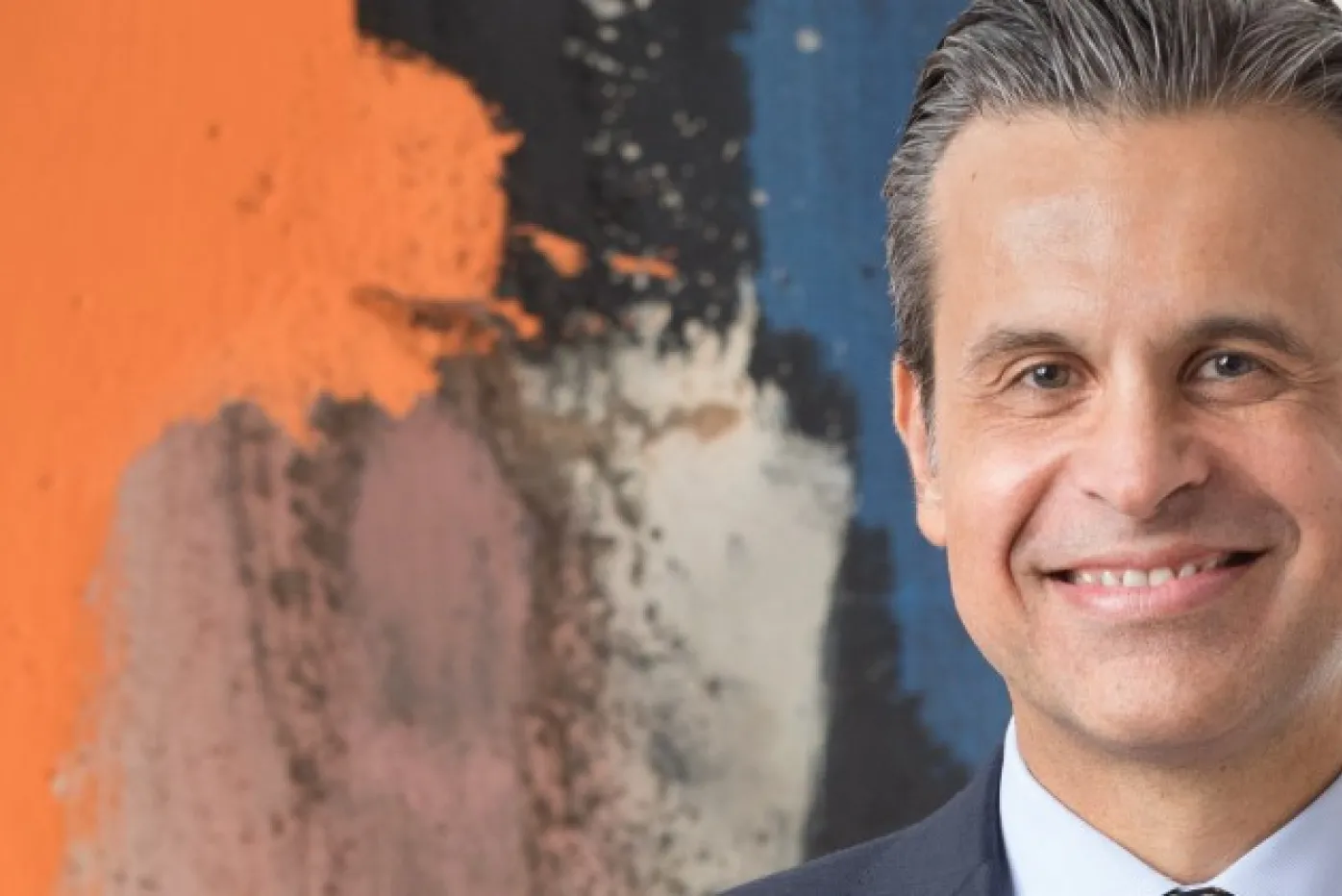Director’s Letter, May 2016
Updated Jul 20, 2022
Last week we had a special visit from Victoria Rogers, vice president for arts at the Knight Foundation. The DIA team showed her our amazingly beautiful and finely installed Dance! exhibition. During our walk through, we described the museum's strategies for carefully creating the visitors' experiences in each gallery, our ideas for engaging the community in the exhibition-making process, and the evaluation approaches we use to achieve meaningful results. Along the way, we admired some radically uplifting masterpieces too.
I am curator to the bone; I research art, enjoy its beauty, and love its power to move the spirit. Since being at the DIA, however, I have expanded my understanding of a work of art by also learning how to think about our visitors and how they connect in personal ways to our collection. We are world leaders in the art museum industry at making these kinds of connections and creating meaningful visitor experiences. Furthermore, we continue to experiment and innovate in the area of interpretation and gallery presentation. A key example of our work in this field is the upcoming reinstallation of our entire Asian collection.

As part of the Asian art reinstallation, we have been experimenting with a novel (for a museum of this stature) community engagement tool for our Japanese collection. We have created a collaborative team composed of both staff and community members to work on the "early concept phase," which is the first step in a permanent collection reinstallation. Members of our community applied for and earned places on the team as consultants, and we have tasked them to work with our curator, interpretive planner, and other staff members.
The team members (staff and non-staff, experts and non-experts) has been meeting for the past ten weeks, immersing themselves in the Japanese collection, discussing and exploring it from their own experiences, and proposing stories that we will present in the galleries. Contributing from their different backgrounds and perspectives, the entire team will be thinking about relationships between art, people, and the stories the museum tells. The DIA's goal is to present our collection in new ways that will be relevant, meaningful, and inspiring to our diverse communities--of course Asian Americans, but also African Americans, Latinos, Arab Americans, and all the groups we serve.
So far the preliminary results of the team's work are very exciting, and I am eager to keep you up-to-date about our progress in future director's letters. In the meantime, the DIA team showed Victoria Rogers the place where the Asian team meets, which I call the "the creative room," located next to the galleries currently displaying the inspiring Detroit Public Schools student show (above left). I encourage you to come check out both. During the rest of Victoria's visit, we shared with her some of our upcoming projects and how we envision the DIA participating in our community life. I am happy to see our museum continuing to move away from the old model of a static institution that only shows art to a dynamic destination in a lively dialogue with the community and playing a role in making the world a better place for all. Stay tuned!
Last week we had a special visit from Victoria Rogers, vice president for arts at the Knight Foundation. The DIA team showed her our amazingly beautiful and finely installed Dance! exhibition. During our walk through, we described the museum's strategies for carefully creating the visitors' experiences in each gallery, our ideas for engaging the community in the exhibition-making process, and the evaluation approaches we use to achieve meaningful results. Along the way, we admired some radically uplifting masterpieces too.
I am curator to the bone; I research art, enjoy its beauty, and love its power to move the spirit. Since being at the DIA, however, I have expanded my understanding of a work of art by also learning how to think about our visitors and how they connect in personal ways to our collection. We are world leaders in the art museum industry at making these kinds of connections and creating meaningful visitor experiences. Furthermore, we continue to experiment and innovate in the area of interpretation and gallery presentation. A key example of our work in this field is the upcoming reinstallation of our entire Asian collection.

As part of the Asian art reinstallation, we have been experimenting with a novel (for a museum of this stature) community engagement tool for our Japanese collection. We have created a collaborative team composed of both staff and community members to work on the "early concept phase," which is the first step in a permanent collection reinstallation. Members of our community applied for and earned places on the team as consultants, and we have tasked them to work with our curator, interpretive planner, and other staff members.
The team members (staff and non-staff, experts and non-experts) has been meeting for the past ten weeks, immersing themselves in the Japanese collection, discussing and exploring it from their own experiences, and proposing stories that we will present in the galleries. Contributing from their different backgrounds and perspectives, the entire team will be thinking about relationships between art, people, and the stories the museum tells. The DIA's goal is to present our collection in new ways that will be relevant, meaningful, and inspiring to our diverse communities--of course Asian Americans, but also African Americans, Latinos, Arab Americans, and all the groups we serve.
So far the preliminary results of the team's work are very exciting, and I am eager to keep you up-to-date about our progress in future director's letters. In the meantime, the DIA team showed Victoria Rogers the place where the Asian team meets, which I call the "the creative room," located next to the galleries currently displaying the inspiring Detroit Public Schools student show (above left). I encourage you to come check out both. During the rest of Victoria's visit, we shared with her some of our upcoming projects and how we envision the DIA participating in our community life. I am happy to see our museum continuing to move away from the old model of a static institution that only shows art to a dynamic destination in a lively dialogue with the community and playing a role in making the world a better place for all. Stay tuned!


